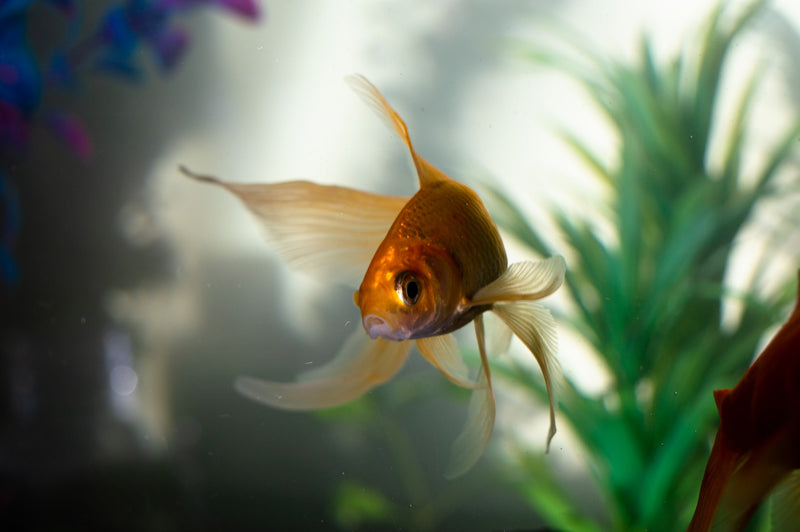
Why is it important to clean your fish tank?
It is important to clean your fish tank to preserve the health and happiness of your fish. Over time metabolites and nitrates can build up which will affect the wellbeing of your fish and the appearance of your tank.
There are three goals you are trying to achieve when you clean your fish tank. These are known as the three R’s.
- Remove dissolved and particulate organic compounds
- Regulate the nitrogen cycle
- Replenish essential minerals
What happens if I don’t clean my aquarium or fish tank?
Exposure to ammonia as well as nitrates and nitrites can have severe effects on your fish. If left too long without being corrected, this chemical exposure can lead to death. General signs for aquatic life with unbalanced water conditions include loss of coloration, loss of appetite, a weakened immune system and/or reduced energy.
How often should I clean my fish tank?
For sparsely populated tanks you should clean it roughly once a month but for densely populated tanks you should clean twice a month. Along with a cleaning schedule, you should also test your water regularly for harmful chemicals like nitrites and ammonia.
What supplies you will need to clean your fish tank?
- A large bucket
- Aquarium siphon
- Water test kit
- Water conditioner
You will need to remove roughly 20% of your fish tank water to dilute any harmful chemicals that may have formed. You will also have to remove visible waste from your fish tank substrate.
How to clean your fish tank?
- Always wash your hands thoroughly with antibacterial soap and water before and after handling aquatic life and or their habitat contents.
- Removing your fish can be incredibly stressful. If you are careful to work around them you do not need to remove them. Remove any décor in your tank and set aside.
- Position your bucket near the base of your fish tank. The bucket must be lower than the fish tank for gravity to create a siphon.
- Follow the directions on your aquarium siphon to get the siphon started and then gently vacuum the substrate/gravel in your fish tank. You should vacuum the aquarium substrate until you have removed roughly 20% of water.
- Once you have finished vacuuming your fish tank, you will need put your décor back into the tank after you have cleaned them and replace the water you removed with fresh conditioned water. Aquatic life does not tolerate dramatic temperature fluctuations. It is important to use room temperature water close in temperature to your fish tank so you don’t shock your fish.
- For fish tanks with filtration, replace carbon filters monthly.
See the range of fish tank maintenance products here.

